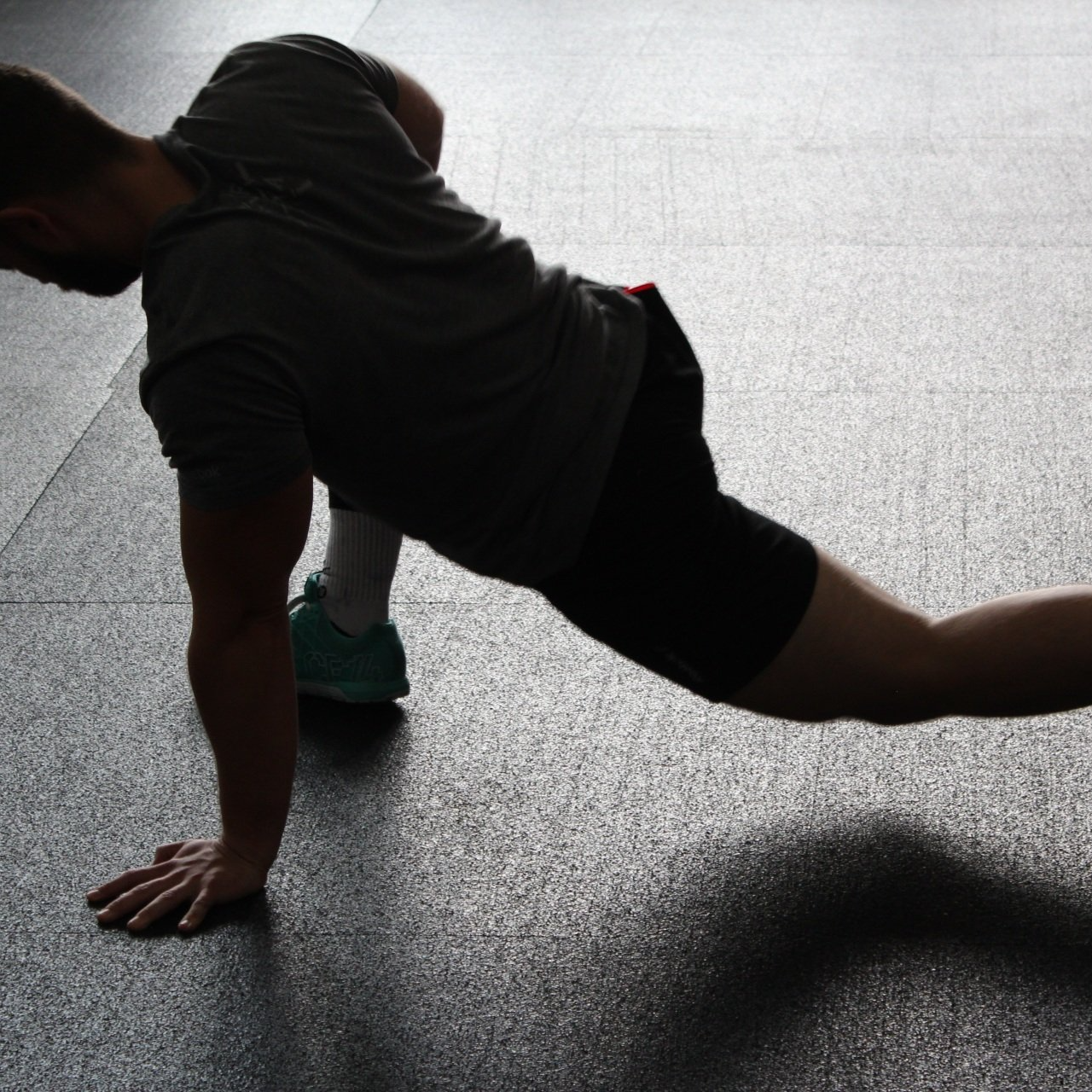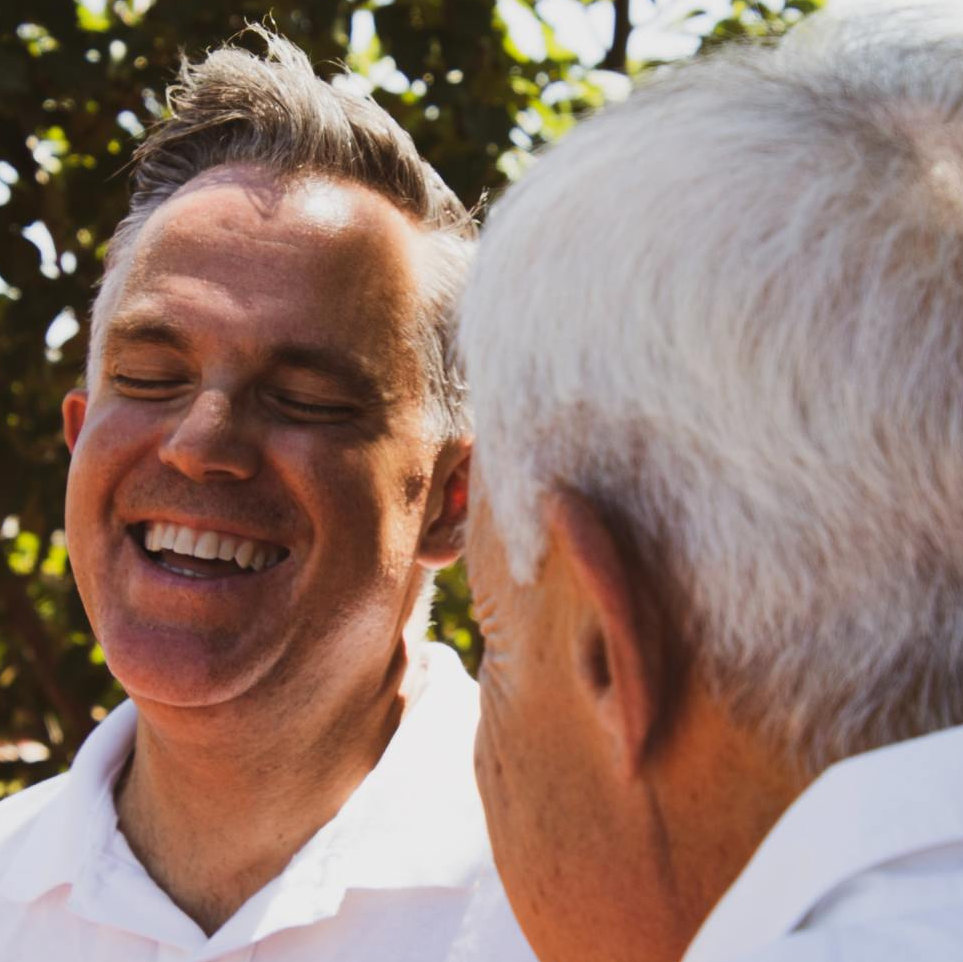Blog
WHAT A HEADACHE!
If you think headaches are "no big deal", you may be surprised by a few figures compiled by the National Headache Foundation (www.headaches.org):
- Over 45 million Americans, more than the 33 million sufferers of asthma, diabetes and coronary heart disease combined, get chronic, recurring headaches. Of these, 28 million suffer from migraines annually.
- It is estimated that American industry alone loses 50 billion dollars per year due to absenteeism and medical expenses caused by headache, and migraine sufferers lose more than 157 million workdays each year.
- In the US alone over 4 billion dollars are spent annually on over-the-counter pain relievers for headache pain.
- Seventy percent of all migraine sufferers are women.
The single biggest problem we are faced with when dealing with headache pain is differential diagnosis. There are more possible causes of headache than you can imagine. As I’ve stated before in other posts, more often than not pain does not originate where you feel it. So, if your headache pain doesn't originate in your head, then where does it come from? That is the million-dollar question. The unfortunate truth is that very often this question is either left unasked or a satisfactory answer is never found.
For decades Dr. Janet Travell (December 17, 1901 – August 1, 1997) was widely recognized as the world’s foremost expert on trigger points. A trigger point is defined as "an area of hyperirritable tissue that, when compressed, is locally tender and if sufficiently hypersensitive, gives rise to referred pain and tenderness" (Travell, J. G., & Simons, D. G. (1992). Myofascial pain and dysfunction: the trigger point manual (Vol. 2). Philadephia, PA: Lippincott Williams & Wilkins). During the course of decades of trigger point research, she found at least 19 muscles that are capable of causing headache pain. Complicating matters even more is that most of these muscles have more than one common trigger point location. So, even if we only approach headaches from a purely muscular perspective, we have maybe as many as 100 potential trigger point culprits. Thankfully each trigger point has a unique pain distribution pattern, that allows us to more easily differentiate the actual cause from others in the same area.
It appears that the trapezius muscle is the most common site of trigger points in the human body. You may already be familiar with the trapezius muscle. It is usually one of the first muscle names that we learn, often referred to as the "traps". We have 5 layers of muscle in the back our neck, the trapezius being the largest and most superficial muscle in the area. The trapezius actually covers your entire mid/upper back and the back of your neck. It is said that the single most common trigger point location is in the upper trapezius. The muscle fibers come over the top of the upper back and the trigger point is located just above where the muscle attaches to the collarbone. The headache pain this trigger point usually causes is easy to identify because of its unique referral pattern. The pain extends up the neck from the location of the trigger point behind and then up over the ear to the temporal area. You may feel pain in all or only a portion of the entire pattern. There are 9 muscles that are known to cause temporal pain, but only this particular trapezius trigger point can cause the backwards question-mark pattern that I've described.
We come equipped with a whole series of sense organs, including the eyes, inner ears, muscle spindles and mechanoreceptors that continually supply the nervous system with information about positioning and movement. Without the aid of these organs, balance and coordinated movement would be impossible.
Due to the proximity of the head and neck to these organs, as well as the incredible variety of ways in which the head and neck can be positioned, the head is as likely as any structure in your body to be "straight" (perpendicular to the earth). However, if there are significant alignment problems elsewhere in the body, how will that effect the head and neck? Since the lower body functions as the foundation for the rest of the body, when there is lower body asymmetry the only way the head can be neutrally positioned is if there are muscles compensating to hold it there. That is why the neck is often referred to as “the compensator of last resort”.
However, muscular compensation such as this is meant to function as short term assistance not a permanent correction. If such compensation persists for too long the muscles doing the compensating will become tired and eventually painful as well. Often this compensation becomes a source of headache pain. This is especially true if the muscles most heavily involved in the compensation reside in the head, neck and jaw region.
The splenius capitis is a muscle that attaches to the spinous processes (the knobby projections at the back of your spine) of the upper back and much of the neck, also attaching to the base of the skull behind the ears. Like the trigger point I mentioned in the trapezius, a common trigger point in the splenius capitis also has a very unique referral pattern. If you have headache pain on the very top of your head, it is extremely likely that it is caused by a trigger point in the splenius capitis muscle.
The temporalis muscles are thin, broad muscles that are located on the sides of the skull. Many people are oblivious to the existence of these important chewing muscles. Malocclusion, faulty alignment of the teeth and jaw, can place tremendous stress on the temporalis muscles, often resulting in headache and/or jaw pain.
I don't think I can count the number of times over the years I have been asked if "stress" causes headaches. Unfortunately, as with many other issues concerning pain and the human body, there is not yet a definitive answer to this question. We do know that every one of us has a finite capacity to cope with “the stress of life” in a pain-free, subconscious manner. Just as we are all designed to have a core body temperature of 98.6 degrees Fahrenheit, we are designed to have the same amount of bioelectric current inside us. Our individual level of bioelectric activity varies constantly depending upon the multitude of different stressors that we experience. Pain is experienced when the amount of bioelectric current exceeds a certain threshold amount.
If you have constant pain (headache pain, for example) your level of bioelectric current is constantly above the critical level required for pain. If you have frequent headaches, we know that your level of bioelectric current is near enough to the critical threshold that you are regularly pushed "over the brink” into pain. What can push you up over the limit? Anything that adds load to your nervous system. Caffeine, sugar, nicotine, and physical or emotional injury are common causes. However, the possible contributing factors are literally too numerous to list. Each of us is different enough, both physiologically and psychologically, that we all experience different stressors differently. Some people are simply much more sensitive to stressors than others. One thing that we can all do to minimize the stress and pain in our lives is to work at lowering the amount of bioelectric current that is operating in our body. Anything that calms down your nervous system will be helpful. You can try to avoid stressful situations or (even better) learn to manage stressful situations more effectively. Diaphragmatic breathing, regular exercise, stretching, yoga and biofeedback training are all strategies that have proved to be effective stress management techniques.
Having said that though, sometimes you simply need a “wheel alignment”. No amount of diaphragmatic breathing or positive thinking is going to reduce your headache pain if you have a large malalignment problem in your skeleton. Whether that malalignment originates in your neck or is being compensated for in your neck, the bottom line is that you often need to normalize the biomechanical and neuromuscular health of your neck to solve chronic headache problems. And the best way to normalize neck posture and function is to give it a horizontally aligned and stable base to work from. Often we need a whole body postural makeover to permanently eliminate chronic headache pain.
If you have chronic or recurring headache problems, step one is to get a medical checkup to rule out the possibility of serious medical conditions. The next step is to see your eye doctor to rule out vision related problems. The next stop is to your dentist. Malocclusion is an extremely common cause of headache pain. If you make those three stops without finding a satisfactory resolution to your headache problem, it’s time to get a full body biomechanical assessment. If you are struggling with chronic or recurring headaches, let’s get you fully assessed and pinpoint where your pain is coming from!
Yours in health,
Geoff Dakin BPE RMT










